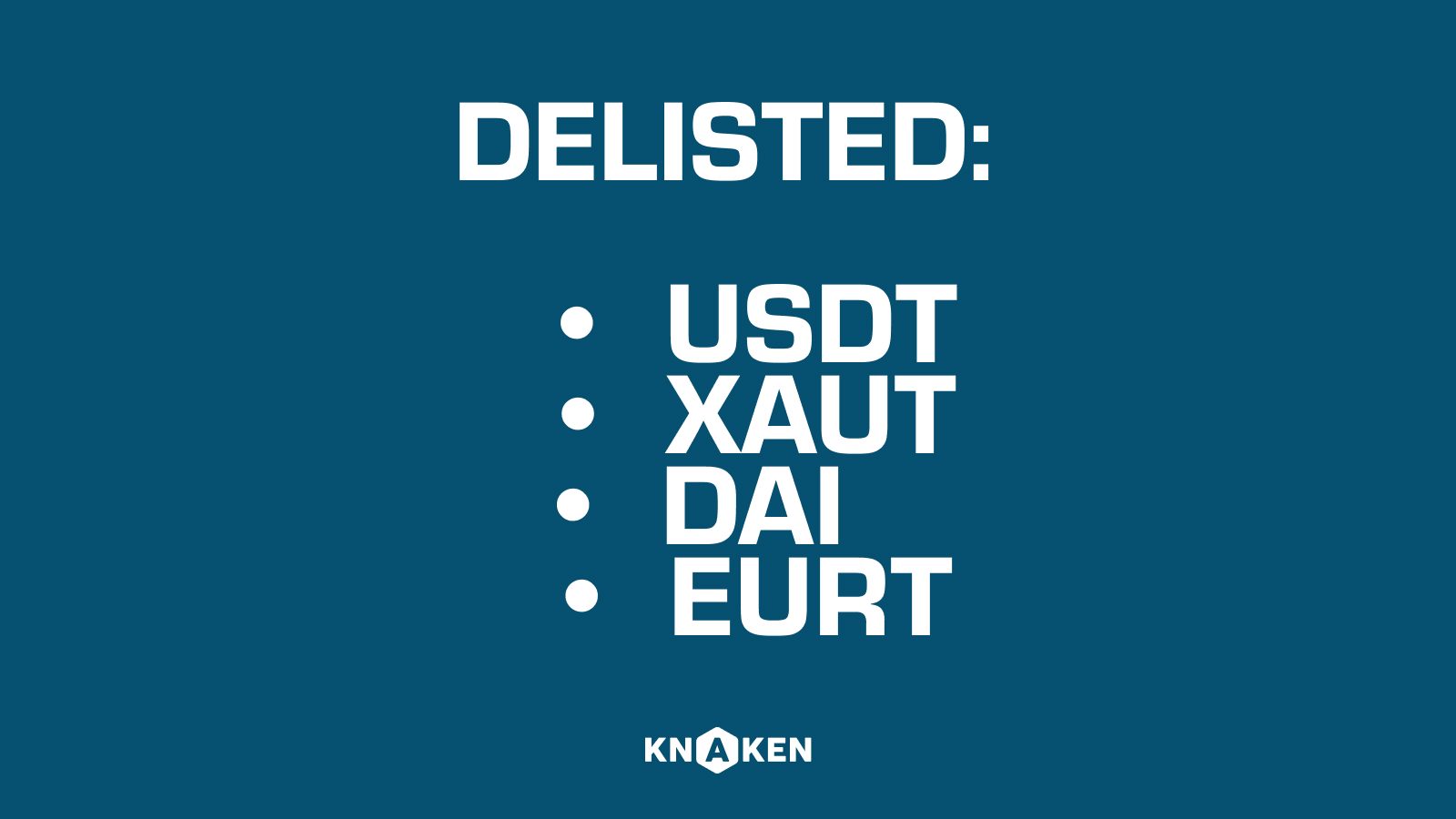Blockchain
Introduction to Blockchain
Blockchain is a decentralized, distributed ledger technology that enables secure and transparent transaction recording across multiple computers. This innovative technology serves as the backbone of cryptocurrencies like Bitcoin and Ethereum but has applications that extend far beyond digital currencies.
Key Features of Blockchain
Blockchain technology is characterized by several key features:
- Decentralization: Unlike traditional centralized systems, where a single entity controls the ledger, blockchain operates on a peer-to-peer network where all participants share access to the same data.
- Transparency: Every transaction on the blockchain is visible to all participants, thereby enhancing trust among users. This transparency allows for public verification of data without compromising privacy.
- Immutability: Once a transaction is recorded on the blockchain, it cannot be altered or deleted without the consensus of the network, thus ensuring a permanent, tamper-proof record.
- Security: Blockchain utilizes advanced cryptographic techniques to safeguard data, ensuring that it is resistant to hacking and fraud.
- Consensus Mechanisms: Various methods, such as Proof of Work (PoW) and Proof of Stake (PoS), are employed to validate transactions and secure the network.
How Blockchain Works
The functioning of blockchain technology involves several essential components:
- Blocks: A blockchain consists of a sequence of blocks, each containing a list of transactions. Each block is linked to the previous one through a cryptographic hash, forming a chain.
- Nodes: Nodes are the computers that participate in the blockchain network, maintaining a copy of the entire blockchain and contributing to its security and integrity.
- Mining: In PoW blockchains, mining is the process through which new blocks are created and added to the chain by solving complex mathematical problems, rewarding miners with cryptocurrency.
- Smart Contracts: Automated, self-executing contracts with the terms of the agreement directly written into code, which run on the blockchain, facilitating trustless transactions.
Types of Blockchains
Blockchain networks can be categorized into several types:
- Public Blockchains: Open and accessible to anyone, allowing participants to read and write transactions. Bitcoin and Ethereum are prime examples.
- Private Blockchains: Restricted networks wherein only selected participants can access the blockchain, typically used by businesses for internal processes.
- Consortium Blockchains: A hybrid model involving a group of organizations that share control over the blockchain while still allowing for some level of decentralization.
- Hybrid Blockchains: Combining elements of both public and private blockchains, enabling certain features to be shared publicly while keeping sensitive data private.
Benefits of Blockchain Technology
The adoption of blockchain technology offers several noteworthy benefits:
- Increased Efficiency: Streamlines processes by eliminating intermediaries, reducing costs and transaction times.
- Enhanced Security: Cryptographic techniques and decentralized architecture make it highly secure against fraud and data breaches.
- Traceability: All transactions are recorded in chronological order, providing an auditable trail that enhances accountability for businesses and users.
- Cost Reduction: Reducing the need for intermediaries and manual record-keeping can lead to significant savings.
Challenges of Blockchain Technology
Despite its advantages, blockchain technology faces several challenges:
- Scalability: Public blockchains struggle with transaction speed and volume, particularly during peak usage times.
- Regulatory Issues: The regulatory landscape for cryptocurrencies and blockchain technology is still evolving and can pose challenges for businesses.
- Energy Consumption: Mining processes in PoW blockchains consume substantial energy, raising environmental concerns.
- Usability: The technological complexity may deter non-technical users from adopting blockchain solutions.
Conclusion
In conclusion, blockchain technology represents a revolutionary advancement in how transactions are conducted, recorded, and verified. Its features of decentralization, transparency, and security are transforming various industries, from finance to supply chain management. While it faces some challenges, the potential benefits of blockchain make it a pivotal technology for future innovations. As understanding and infrastructure improves, blockchain could fundamentally change our digital landscape.


















